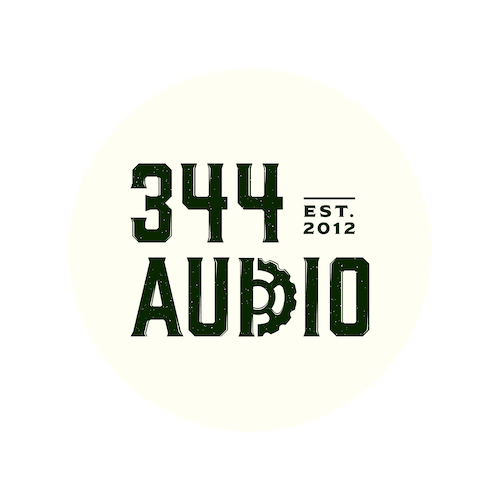


The human voice is an amazingly complex tool, capable of producing infinite variations of sounds as fast as you can think them up. When viewed in pure terms, the voice is essentially a thought-controlled synthesizer that we all carry inside our bodies, and using your voice is the quickest way to present and communicate sonic ideas, conveying the emotions behind a sound.
As sound designers and audio professionals, we are often too quick to reach for a designed sound or library sound effect when the answer could lie in a sound derived from our voices.
In this article, we share with you some tips for how to use your voice for creative sound design.
The first step to amazing vocal sound design is to know what your voice is capable of. This is something that only comes with practice so if you are serious about mastering vocal sound design then you need to invest some time into learning your voice inside out.
Set up a microphone channel and spend an hour or so just freestyling random sound with your voice. It doesn't matter too much what the sounds are, more just that you are exploring the parameters of your instrument and building up an intuitive sense of what sounds you can create, and the level of control you have over those sounds.
Push your voice to its limits and work out your ideal range and tone of voice. Does your voice crack when you push it too hard in a certain register? Do you have any natural upper or lower harmonics that can be brought out and enhanced? How does your voice behave when used for loud and quiet, or higher and lower in pitch?
By taking the time to learn your instrument you will be much more finely calibrated when it comes to recording your voice and can deliver the goods in less time and with more creative flair.

A lot of vocal sound design comes from the quality of the performance, and this means thinking like a voice actor, using your imagination and embodying the character you are trying to portray. This is especially important for creature sound design as you want to nature of the creature to come across clearly in the vocal performance.
Are they evil, good? big, small? powerful etc. A good technique is to physically act out the performance whilst you are recording, mimicking the posture of the creature and using your hands, body movements to convey the physicality of the character.
This does not only extend to creature and character-based vocal sounds. Perhaps you are creating a wind or atmospheric sound, the same principle still applies. Try and inject as much of the emotion that you want to convey in your performance and it will help to make the final product as effective as possible.

A great vocal performance can be made even better through the use of some creative effects. There are many kinds of effects, each with different purposes. You should work out exactly what kind of effect and feeling you are trying to achieve with the voice and work from there.
Are you looking to enhance an element of the voice that is already present or transform it completely? Perhaps you want to do a gender swap or turn a human voice into a different species. Knowing how much room you have to play with the voice is crucial as it keeps you on brief and lets you be more focused in your creativity.
Some classic examples of creative effects for vocal sound design include:
As discussed in this article, the human voice is a sound design tool with vast creative potential, and every budding sound designer can benefit greatly from reaching some level of mastery at vocal sound design. Make an aim to practice this element of your skillset consistently and you will open many creative doors that will help you to grow and progress as a sound designer.
We hope you enjoyed this article!

344 Audio is an Audio Post Production Company in Manchester.
If you enjoyed this post, discover our Ultimate Guide to Audio Post-Production.
Curious to hear our work? Listen to our portfolio.
Keen to learn more about Foley? Explore our Creative Foley Workshop.
Eager to learn more about Audio Post and Sound Design? Explore our Audio Post Essentials Course.
We also have Pro Tools templates and sound effects available for purchase.